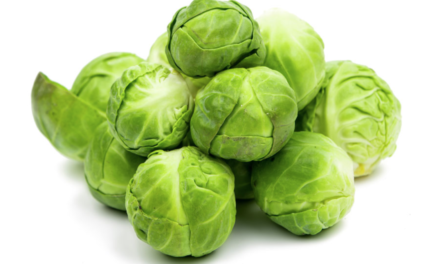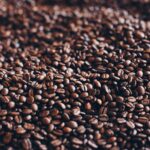
Have you been thinking about mineral depletion in our foods? In light of some recent social media discussions recently around the loss of nutritional content of fruits and vegetables, we have!
There have been several articles in the popular press some of which quote this 2004 J Am Coll Nutr paper. Although the paper does observe some depletion in nutritional content, it’s not the 90% reduction in nutrients in tomatoes that has been mentioned in some reports. In fact, the author concludes, quite rightly, with “…any real declines are generally most easily explained by changes in cultivated varieties between 1950 and 1999, in which there may be trade-offs between yield and nutrient content”.

Variations in nutrient composition may not be due entirely to changes in agronomy but also to improvement in sampling and analytical methods used to generate the data. A more recent 2017 publication concluded that “Mineral nutrient composition of vegetables, fruits and grains is not declining and allegations of decline due to agricultural soil mineral depletion are unfounded.”
Paul Finglas, Head of Food Databanks was interviewed by Tim Harford, on the BBCs “More or Less” radio show on the subject, debunking the claim that you would need to eat 10 of today’s tomatoes to get the same nutritional value of one grown in the 1950s. Listen to the episode here https://www.bbc.co.uk/sounds/play/w3csz3ry. Paul was also one of James Wong’s nutrition gurus who helped James with the facts for his New Scientist comment piece: “The claim that our food is becoming less nutritious is overblown”
These publications and discussions led us to compare our UK food composition data between 1940 and 2017 to see if we could see any nutritional changes in fresh vegetables bought in the UK. A summary of just some of the results is given at the bottom of this blog. We too found small differences, which importantly, from a nutrition perspective were not especially significant. Take, for example, vitamin C, the Reference Nutrient intake (RNI), for an adult is 40mg/day. This leads us to conclude that there is no concern to be had in the observed reduction of vitamin C in carrots from 6 to 2mg/100g; these amounts are very low, they could be due to analytical variance, and additionally, carrots provide a very low source of vitamin C in the diet as a whole.
Following a healthy diet, including plenty of fruit and vegetables, means the small differences we observed will have little overall dietary nutritional impact.
References:
- If you want to search our current data, we have a very user friendly website you can use: https://quadram.ac.uk/UKfoodcomposition/
- 2004 reference on USDA changes in food composition data for 43 garden crops 1950-1999, read here
- 2017 reference on mineral nutrient composition of vegetables, fruits and grains, read here
- British Nutrition Foundation information on nutrition requirements in the UK here
Reference Nutrition Intakes (RNI) for males 19-50 years: vitamin C 40mg/day, magnesium 300mg/day, copper 1.2mg/day. Total sugars Reference Intake (RI) 90g (maximum amount based on average female adult)


a McCance, R.A. and Widdowson, E.M. (1940) The Chemical Composition of Foods. Medical Research Council, Special Report Series No. 235. London: HMSO
b McCance, R.A. and Widdowson, E.M. (1946) The Chemical Composition of Foods, second edition. Medical Research Council, Special Report Series No. 235. London: HMSO
c McCance, R.A. and Widdowson, E.M. (1960) The Composition of Foods, third revised edition of Special Report No. 235. Medical Research Council, Special Report Series No. 297. London: HMSO
d Faulks, R. and Kwiatowska, C. (1984-1987) The Nutritional Composition of Retail Vegetables in the UK, Part 1 and 2. Ministry of Agriculture, Fisheries and Food, contract nos. 295 and 296
e Pither, R. and Hall, M.N. (1990) Analytical Survey of the Nutritional Composition of Organically Grown Fruit and Vegetables. Campden Food and Drink Research Association, Technical Memorandum no. 597
f Food Standards Agency (2002) McCance and Widdowson’s The Composition of Foods, Sixth summary edition. Cambridge: Royal Society of Chemistry
g Finglas, P., Roe, M., Pinchen, H., Berry, R., Church, S., Dodhia, S., Farron-Wilson, M. and Swan, G. (2015) McCance and Widdowson’s The Composition of Foods, Seventh summary edition. Cambridge: Royal Society of Chemistry










